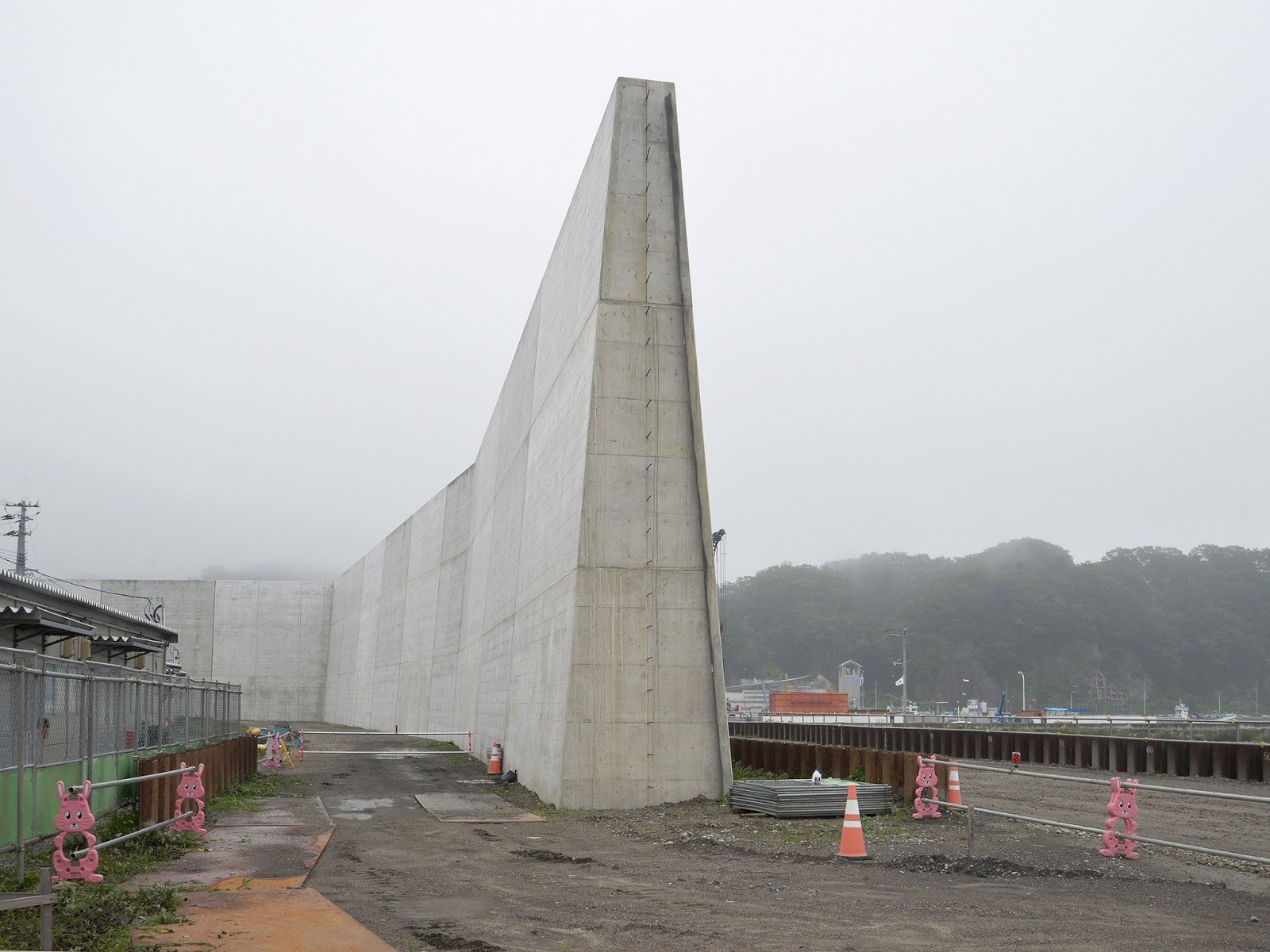The Japan tsunami wall is a monumental engineering feat designed to protect coastal communities from the devastating effects of tsunamis. Following the catastrophic events of previous tsunamis, Japan has made significant investments in constructing these protective barriers. In this article, we will delve deep into the purpose, design, and impact of the tsunami walls in Japan, exploring how they help safeguard lives and properties against one of nature's most powerful phenomena.
Japan, situated along the Pacific Ring of Fire, is no stranger to seismic activity and tsunamis. The tragic events of the 2011 Tōhoku earthquake and tsunami, which claimed thousands of lives, served as a wake-up call for the nation. As a result, the government has prioritized the construction of tsunami walls, raising questions about their effectiveness and the balancing act between safety and environmental impact.
In this comprehensive article, we will not only discuss the engineering marvels of the tsunami walls but also explore their historical context, community responses, and future implications. Join us as we navigate through the intricacies of Japan's defensive strategy against the relentless power of the ocean.
Table of Contents
- 1. Historical Context of Tsunamis in Japan
- 2. The Engineering Behind Tsunami Walls
- 3. Effectiveness of Tsunami Walls
- 4. Community Responses and Adaptations
- 5. Environmental Concerns
- 6. Future Developments in Tsunami Defense
- 7. Case Studies: Successful Tsunami Wall Implementations
- 8. Conclusion: The Path Forward
1. Historical Context of Tsunamis in Japan
Japan has a long history of tsunamis, with records dating back centuries. The most notable events include:
- The 1707 Hōei earthquake and tsunami, which devastated the coastal areas of Honshu.
- The 1896 Sanriku tsunami, which resulted in over 22,000 fatalities.
- The 2011 Tōhoku earthquake and tsunami, which left over 18,000 people dead or missing.
These events underscore the importance of having robust defenses against such natural disasters. The devastating impact of tsunamis on communities has driven innovations in protective measures, leading to the development of tsunami walls.
2. The Engineering Behind Tsunami Walls
Tsunami walls, also known as tsunami barriers, are structures designed to absorb and deflect the energy of incoming waves. Key components of their design include:
- Height: Typically ranging from 5 to 15 meters, depending on the expected wave height.
- Materials: Reinforced concrete is commonly used for its durability and strength.
- Shape: Curved or angled designs help redirect wave energy.
Engineers must consider various factors, including local geology, historical tsunami data, and community needs when designing these walls.
2.1 Innovative Technologies in Tsunami Wall Construction
Recent advancements in technology have improved the design and effectiveness of tsunami walls. Some innovations include:
- Use of geo-synthetic materials to improve flexibility and reduce erosion.
- Incorporation of early warning systems to provide timely alerts to communities.
- Smart monitoring systems that assess structural integrity in real time.
3. Effectiveness of Tsunami Walls
While tsunami walls are designed to mitigate the effects of tsunamis, their effectiveness can vary. Factors influencing their success include:
- The height and design of the wall compared to the tsunami's energy.
- Community preparedness and response strategies.
- Maintenance and regular inspections of the structures.
Statistics show that communities with well-constructed tsunami walls have lower casualty rates during tsunamis compared to those without such defenses.
4. Community Responses and Adaptations
The implementation of tsunami walls has garnered mixed responses from affected communities. Some positive aspects include:
- Increased sense of security for residents.
- Encouragement of community preparedness plans.
However, there are also concerns regarding the psychological impact of living behind walls, which can create a false sense of security and lead to complacency.
4.1 Educational Initiatives for Tsunami Preparedness
To combat complacency, educational programs have been introduced to inform residents about tsunami risks and the importance of evacuation plans. These initiatives include:
- Workshops and drills.
- Community engagement activities and feedback sessions.
5. Environmental Concerns
While tsunami walls are built for protection, their construction can have environmental implications. Some concerns include:
- Disruption of natural coastal ecosystems.
- Impact on marine life due to changes in water flow.
- Visual pollution in scenic coastal areas.
Balancing the need for safety with environmental preservation is crucial for sustainable development.
6. Future Developments in Tsunami Defense
The future of tsunami defenses in Japan will likely involve a combination of traditional and innovative approaches. This includes:
- Integration of natural barriers, like mangroves and wetlands, alongside engineered structures.
- Investment in research and development for more effective tsunami prediction technologies.
As climate change affects sea levels and weather patterns, adapting to new challenges will be essential for coastal communities.
7. Case Studies: Successful Tsunami Wall Implementations
Several regions in Japan have successfully implemented tsunami walls with positive outcomes. Notable examples include:
- Sendai: The city constructed a series of walls that successfully protected neighborhoods during the 2011 tsunami.
- Iwanuma: Innovative designs allowed for effective wave deflection, minimizing damage.
8. Conclusion: The Path Forward
In conclusion, the Japan tsunami wall serves as a critical defense mechanism against one of nature's most destructive forces. While they provide essential protection, it is vital to continue adapting and evolving strategies to ensure the safety of coastal communities. Collaboration between engineering experts, environmentalists, and local residents will be key to developing sustainable and effective tsunami defenses. We encourage readers to stay informed about tsunami preparedness and participate in community safety initiatives.
We invite you to share your thoughts in the comments below, and don’t forget to explore our other articles on disaster preparedness and community resilience.
Thank you for reading! We hope to see you back for more insightful content on protecting our communities from natural disasters.



